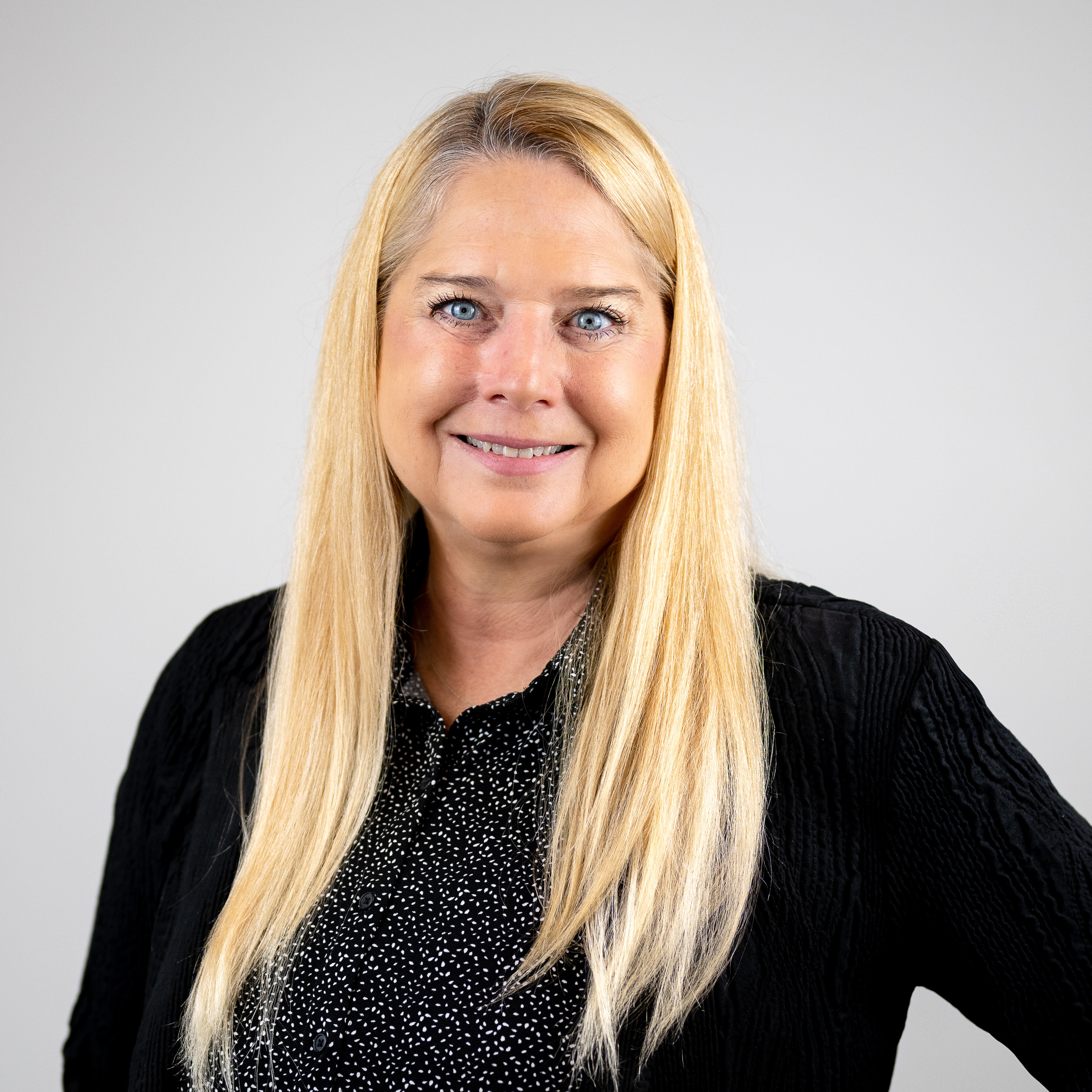As summer is ramping up and temperatures are rising, now is the time to take precautions to prevent.
10 Common Claim Allegations & How to Manage the Risks
- Failure to warn
- Failure to properly train
- Inadequate staffing and supervision
- Premises defect
- Inadequate or nonexistent safety inspection program
- Negligent maintenance or repair
- Failure to follow manufacturer’s specifications
- Failure to follow code compliance or industry standards
- Inappropriate alcohol service
- Failure to provide reasonable care
These allegations can provide a strong basis for a plaintiff's argument in a lawsuit and can be used in conjunction with one another.
For example, a claim might state that a premises defect such as a damaged walkway caused the injured patron to trip which they claim resulted from an inadequate safety inspection program or negligent maintenance. They may even claim that the negligent maintenance stemmed from an inadequate training program.
While there are various strategies to counter these claims in defense, the best approach is to learn from these common allegations and implement proactive risk management measures that reduce the risk of future claims and lawsuits.
Listed in no particular order, we dive into the definition of each common claim, examples, and risk management strategies that can be used to counter the plaintiff's argument and mitigate the risks.
1. Failure to Warn- when a venue fails to notify patrons, athletes, or participants of the potential risks associated with the event or environment.
Examples:
- Inadequate safety or warning signage
- Not giving verbal instructions to patrons
- Failing to list the restrictions such as height, weight, or medical conditions
- Failing to warn about the associated risks involved with partaking in the activity.
Risk Management Strategy:
Ensure safety, warning, instructional, and code of conduct signage are placed in conspicuous locations throughout the venue. Verbal warnings and safety instructions should be recited by employees, digital repeaters or even videos at certain activities or at some locations. Patrons should read and sign clearly written waivers for activities that may be inherently dangerous.
2. Failure to Properly Train- failing to ensure that the venue's staff are adequately trained to handle various situations.
Not only is an organization's employee training program under more scrutiny from plaintiff's attorneys and more critical than ever before, but employee development has also been shown to be the #1 factor for employee retention.
Examples:
- Improperly operating a ride or piece of equipment
- Not performing a task in a safe manner
- Improper response to emergency situations
Risk Management Strategy:
Ensure all employees are trained in the standard operating procedures, safety procedures, and emergency procedures pertaining to their jobs. Training and performance evaluations should be ongoing throughout the employee's tenure and fully documented.
3. Inadequate Staffing and Supervision- situations where there are not enough trained or qualified staff on hand or the staff on hand are not vigilant.
Examples:
- Facility is understaffed
- Not all of the staff on hand are trained for their roles
- Staff on hand fail to adequately supervise activities leading to dangerous or harmful events
Risk Management Strategy:
Sports and entertainment venue operators should ensure their crowd management and security staffing plans meet the industry and NFPA standards. Amusement operators should ensure that their rides and attractions are staffed to meet the manufacturer's guidelines and ASTM standards.
While adequate staffing is certainly one of the biggest challenges in the sports, entertainment and leisure industries today, cutting corners in staffing never pays dividends, and the consequences can be severe.
4. Premises Defect- hazardous conditions or defects in the physical environment of a venue that could cause harm.
Examples:
- Cracked or uneven walking services
- Poorly maintained seating or bleachers
- Damaged ride platforms
- Inadequate lighting on stairs or walkways
Risk Management Strategy:
Develop a robust, documented safety inspection and preventative maintenance program to mitigate premises defects. Premises defects could be the result of faulty or defective construction, but often they are the result of a lack of proper maintenance or neglect over time.
More on safety inspections, maintenance and repair programs below.
5. Inadequate or Nonexistent Safety Inspection Program- accusations that the venue operators failed to maintain proper safety oversight in areas critical to protecting patrons, participants or employees.
Examples:
- Premises defects or unsafe conditions that could have been identified and addressed if the venue had a consistent safety inspection program.
- Lack of inspection for spills leading to a slip and fall incident.
Risk Management Strategy:
A comprehensive inspection program is the cornerstone of any safety program. Perform a daily inspection of the facility as a whole, as this can often be an overlooked daily inspection practice. It is critical to inspect all walking surfaces daily as slips, trips and falls are the number one cause of injury in the sports, leisure and entertainment industries for both employees and guests.
6. Negligent Maintenance or Repair- the failure to maintain equipment, rides, infrastructure, or other property in a safe condition.
Examples:
- Cracked, chipped and damaged walking surfaces creating trip and fall exposures
- Not ensuring that floor surfaces are high traction
- Failure to properly maintain attractions such as go-karts
Risk Management Strategy:
Ensure that there is a well-trained maintenance staff certified in relevant fields where applicable (ride safety, electrical systems, structural maintenance, etc.) to effectively manage these risks. Also important is establishing a preventive maintenance (PM) program, conducting regular inspections and ensuring strict compliance with regulatory requirements and industry standards.
7. Failure to Follow Manufacturer Specifications- not adhering to the safety guidelines or specifications provided by the manufacturer of equipment, rides or structures.
Examples:
- Not using manufacturer-approved parts
- Failing to keep up with the suggested preventive maintenance schedules
- Not adhering to the manufacturer's operational requirements
- Making a modification to a ride or equipment without approval from the manufacturer
Risk Management Strategy:
Ensure that you are purchasing equipment, rides and parts from reliable and reputable manufacturers who provide high-quality products. These manufacturers should be known for adhering to safety standards, providing up-to-date specifications and offering comprehensive support. Maintenance staff should be trained in the specific requirements set out by the manufacturer, including the repair procedures and maintenance schedules.
Adhering to manufacturer guidelines helps to prevent accidents, reduce maintenance costs, avoid liability and ensure regulatory compliance.
8. Failure to Follow Building Code Compliance or Industry Standards- venue not being compliant with applicable building codes or failing to operate within industry standards leading to injury.
Building codes are a set of regulations adopted by governmental authorities that specify the minimum requirements for the construction and design of buildings to ensure the safety and welfare for the occupants.
Industry standards are a set of guidelines, rules, or practices established by recognized organizations within particular industries as well as common practices adopted by peers in the industry. These standards and practices are essential for ensuring safety throughout an industry. Common standard organizations would include NFPA and ASTM International.
The National Fire Protection Association (NFPA) 101: Life Safety Code is one of the most widely used building safety codes in the United States. The Authority Having Jurisdiction (AHJ) refers to the local government or regulatory authority responsible for enforcing building codes and fire safety codes within a specific area. The AHJ will often choose to incorporate or reference certain model code such as the NFPA 101: Life Safety Code into their adopted codes.
Examples:
- Not following code requirements set forth by the AHJ
- Not following practices commonly used by industry peers
- Not following applicable ASTM International Standards
Risk Management Strategy:
Venue operators should get involved in industry conferences, safety seminars, and trade shows to ensure operations are within industry standards. These events provide opportunities for networking, learning, and adapting to evolving best practices and regulations that directly impact the operational efficiency, safety and reputation of venues.
9. Inappropriate Alcohol Service- venue serves alcohol irresponsibly, leading to alcohol-related incidents, injuries and fatalities.
While infrequent, claim allegations can have catastrophic consequences for businesses with claims potentially exceeding organization's insurance policy limits and resulting in severe financial, legal, and reputational damage.
Examples:
- Serving alcoholic beverages to minors
- Serving alcoholic beverages to patrons who are intoxicated
- Inadequate training for employees serving alcoholic beverages
Risk Management Strategy:
Know that serving alcohol comes with a significant responsibility. Have a well-planned and executed risk management strategy for serving alcohol. A key element of that strategy should be staff training through a recognized training program (e.g. TIPS, TEAMS, or ServSafe Alcohol) with ongoing training and education for servers, event staff and security. Perform server audits and have accountability programs. Create policies and enforce them including serving limits, drink tracking systems, and security and crowd control policies. Promotional and drink specials should be limited.
10. Failure to Provide Reasonable Care- the failure of a venue to act with the level of care that a reasonable person would under similar circumstances leading to injury or loss.
Often acts as a catch-all claim allegation that is central to negligence claims. It is often used interchangeably and can overlap with other legal allegations.
Examples:
- Unsafe premises
- Failure to supervise
- Failure to respond to emergencies properly
Risk Management Strategy:
All of the risk management strategies we have covered would apply to the failure to provide reasonable care allegations. Venue operators need to invest time and resources into fundamental elements of safety and risk management including training, inspections, proper staffing, maintenance, documentation, industry involvement, and standard awareness to reduce claims and protect the patrons and reputation of the organization.
Understanding the common allegations for general liability claims can provide a roadmap for venues in the sports, leisure, and entertainment industries to better understand and ultimately manage risk. Dedicating time and resources into proactively implementing risk management strategies against the common allegations we've covered is the best way you can protect your business financially and reputationally.
This article was created for educational purposes to share general information. Consult a licensed professional in your state when seeking advice. See your policy or agent to view your specific terms, conditions, coverage, exclusions, products, services, and programs.

Rich Powers serves in leadership as the Executive Vice President of Risk Services at American Specialty Insurance. Powers has been at American Specialty since 2000 and has over 30 years of experience in the sports and entertainment industry working in risk management as well as operations management. He holds an Associate of Risk Management (ARM) Designation as well as several other safety, security, and auditing certifications and licenses in the industry.

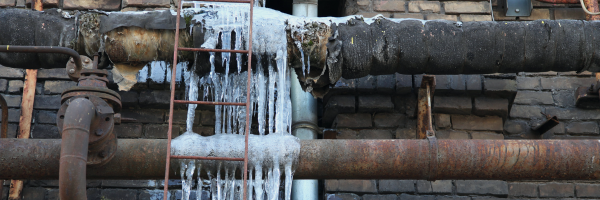
Insurers lose approximately $13 billion each year due to water damage claims, according to the.

January 2025
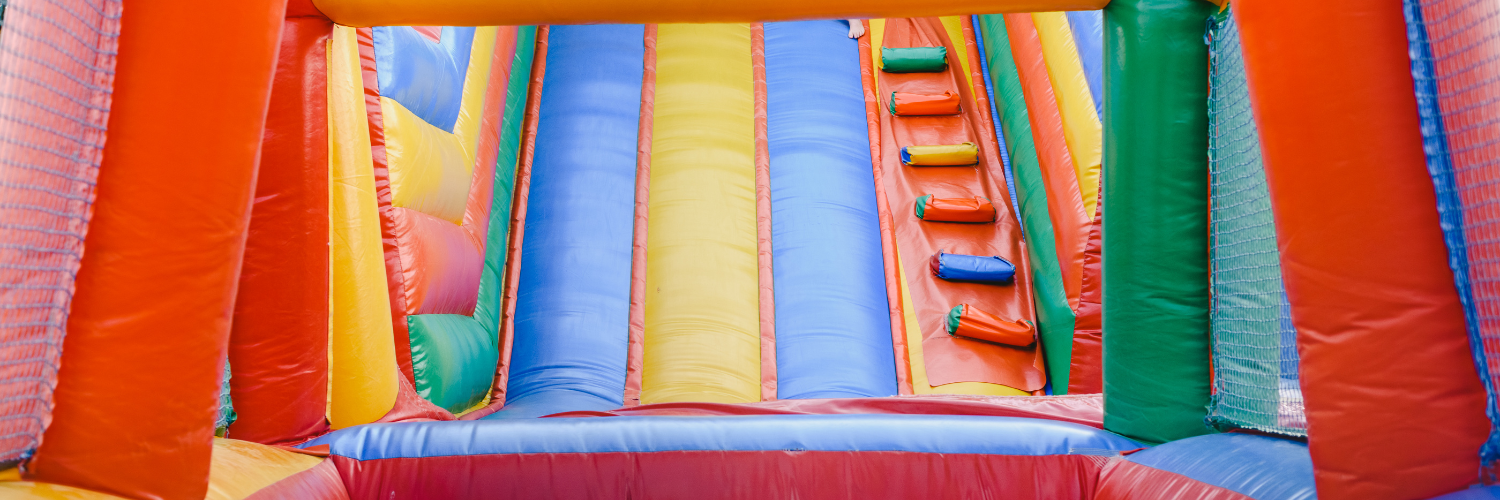
Understand the five factors the contribute to inflatable injuries and seven risk management.

August 2024

Winter Weather Safety Tips Protecting your property, your building, and people Winter not only.

December 2022

Navigating Risk Management Trends: Liquor Liability in the Growing Eatertainment Industry Rising.

July 2022

Navigating Risk Management Trends: Labor Shortage The labor shortages are bringing about new risks.

June 2022
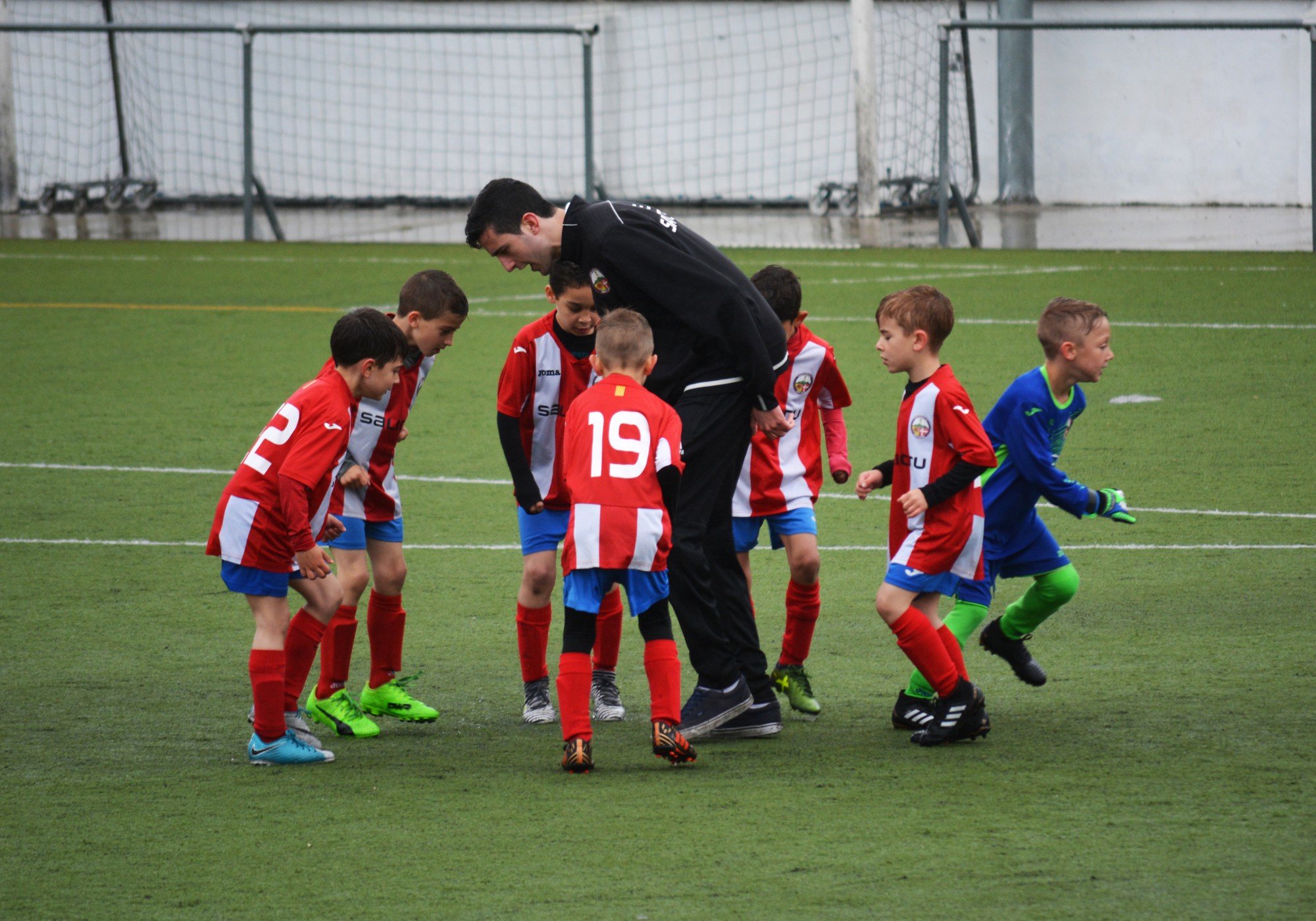
What makes specialty coverage so special in the current insurance market? Specialty insurance.

April 2022
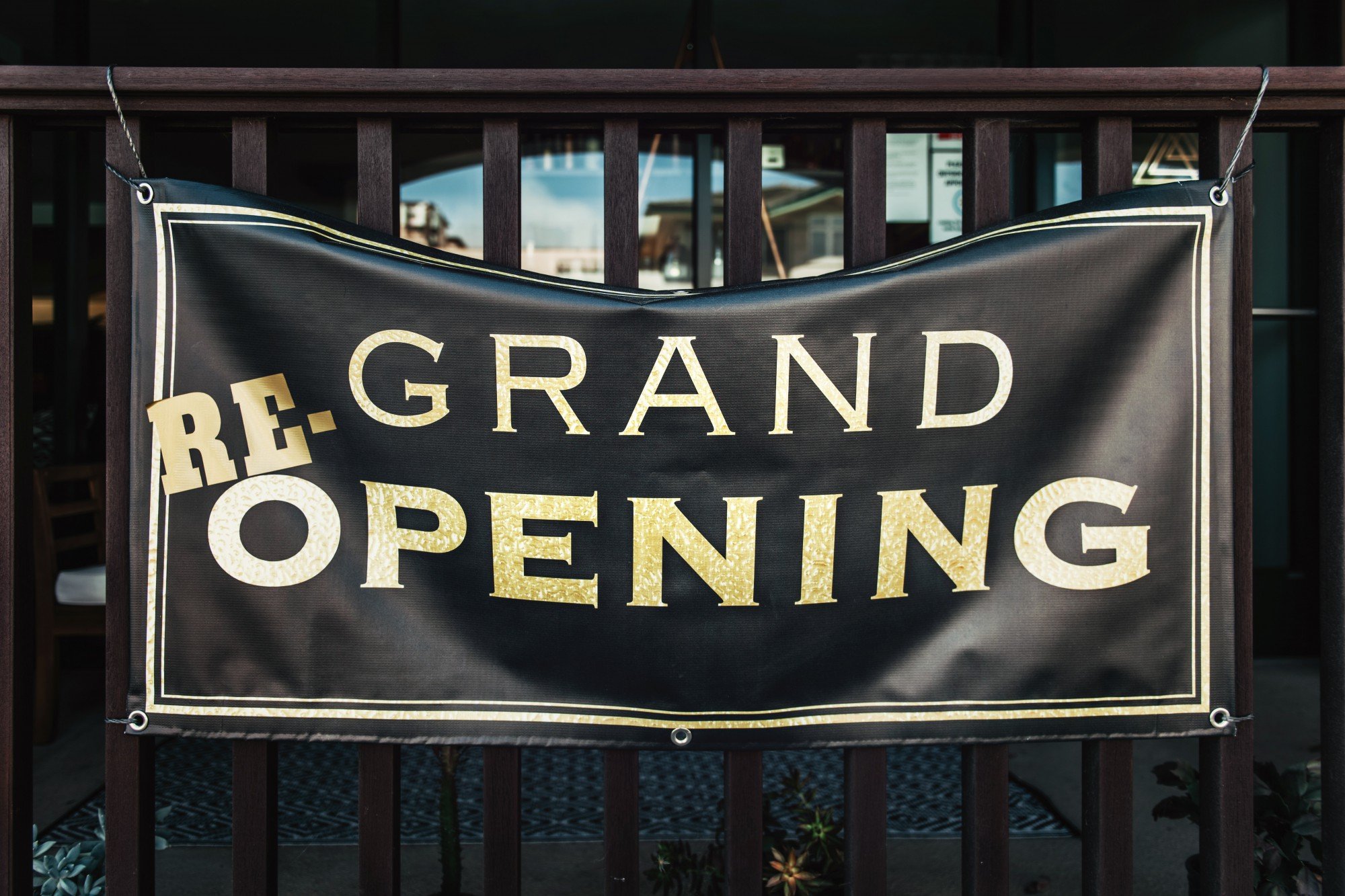
Reopening our Sports, Leisure, and Entertainment Buildings As we make our strides to reopen, follow.

March 2021

Should I Be Using a Waiver? If the services and experiences that you offer can be viewed as a sport.

September 2020
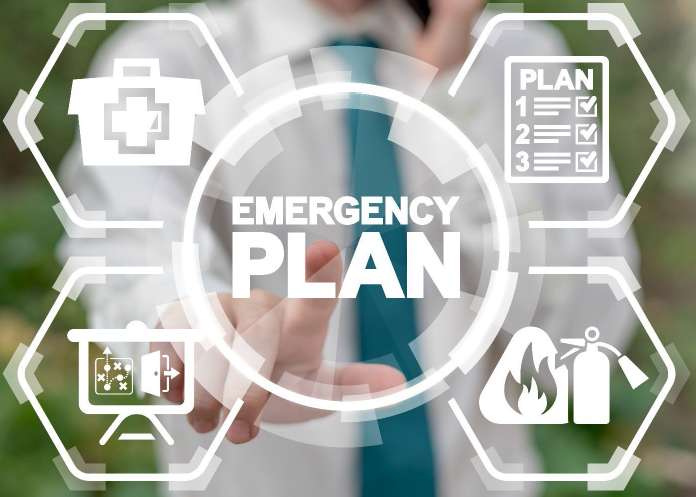
For most businesses, emergency planning does not rank among the most important items on the.

July 2020
